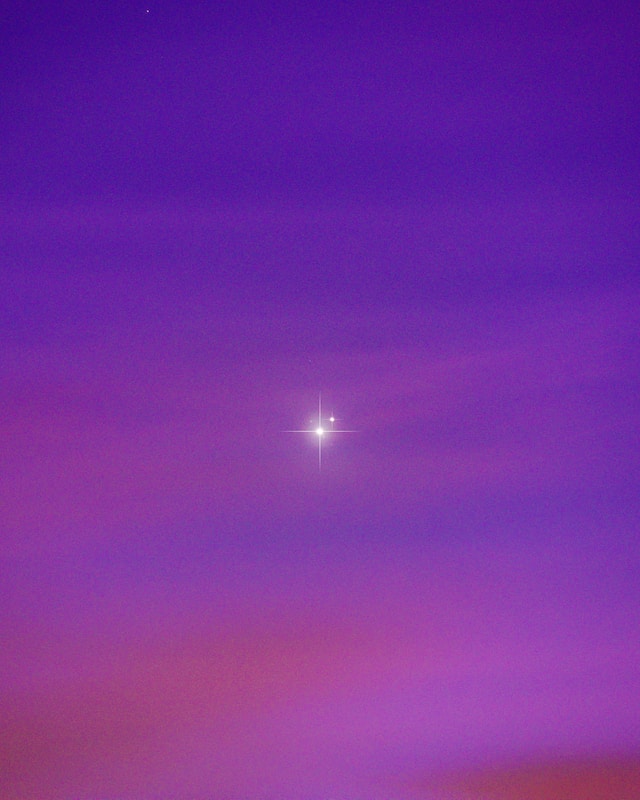Introduction:
In a groundbreaking discovery, a new study has revealed that the lightning on Jupiter follows a similar pattern to that on Earth. The findings, based on data collected by NASA’s Juno spacecraft, provide compelling evidence of the shared atmospheric processes between the two planets. This unexpected similarity between Earth and the largest planet in our solar system challenges our understanding of planetary weather dynamics and offers fascinating insights into the complexities of the universe.
Juno’s Revelations:
Since its arrival at Jupiter in 2016, NASA’s Juno spacecraft has been tirelessly exploring the gas giant’s atmosphere, magnetosphere, and interior. Equipped with advanced instruments, Juno has been gathering data to unlock the secrets of Jupiter’s enigmatic world. Among the wealth of information collected by the spacecraft, the discovery of lightning on Jupiter has been a captivating revelation, inspiring scientists to delve deeper into the atmospheric phenomena of this colossal planet.
Analyzing the Lightning Patterns:
Researchers meticulously analyzed the data captured by Juno’s instruments to study the lightning patterns on Jupiter. They found that, much like on Earth, Jupiter’s lightning exhibits a clustering behavior, forming in concentrated regions rather than being evenly distributed across the planet’s atmosphere. This surprising similarity suggests that the underlying mechanisms responsible for lightning generation share common principles on both planets.
Shared Atmospheric Processes:
The study’s findings highlight the intriguing parallels between Earth and Jupiter in terms of atmospheric processes. Thunderstorms on both planets create the necessary conditions for lightning formation—updrafts and convective processes that propel moist air upward, generating towering clouds. As the moist air rises, it undergoes cooling and condensation, releasing energy and creating the electrical charges necessary for lightning discharges.
Implications for Planetary Weather Dynamics:
The discovery that Jupiter’s lightning follows a pattern akin to Earth’s has profound implications for our understanding of planetary weather dynamics. By comparing and contrasting the atmospheric processes on both planets, scientists can gain valuable insights into the driving forces behind severe weather phenomena. This knowledge can be extrapolated to better comprehend the complexities of weather systems not only on Earth and Jupiter but also on other planets within and beyond our solar system.
Electromagnetic Signatures:
The study also investigated the electromagnetic signatures of Jupiter’s lightning, which provide additional clues about the nature of these electrical discharges. By analyzing the radio signals emitted by lightning bolts, scientists can infer the energy and characteristics of the storms. These electromagnetic signatures can be utilized to create maps of Jupiter’s lightning activity and track its temporal and spatial variations.
Unraveling the Mechanisms:
While the study has shed light on the similarities between Jupiter’s and Earth’s lightning, it also raises questions about the underlying mechanisms that drive these phenomena. Scientists are now focused on unraveling the specific processes that lead to lightning generation on Jupiter. Understanding the differences in scale, composition, and atmospheric conditions between the two planets will be crucial in deciphering the intricacies of their respective lightning patterns.
Advancing Our Knowledge of the Universe:
The discovery of Jupiter’s lightning mirroring Earth’s pattern underscores the interconnectedness and shared principles that govern the universe. As we continue to explore and analyze the vast expanse of space, such revelations challenge our preconceived notions and expand our understanding of planetary processes. Each new piece of knowledge brings us closer to unraveling the mysteries of the cosmos.
Conclusion:
The recent study revealing the similarity between Jupiter’s lightning and Earth’s pattern marks an exciting milestone in planetary research. The data collected by NASA’s Juno spacecraft has provided compelling evidence of the shared atmospheric processes between the two planets. By unraveling the mechanisms behind Jupiter’s lightning, scientists are not only gaining valuable insights into the weather dynamics of this gas giant but also advancing our understanding of planetary processes on a broader scale. As we continue to explore
the wonders of our solar system, discoveries like this remind us of the interconnectedness of the celestial bodies and the ongoing quest to unlock the secrets of the universe.











